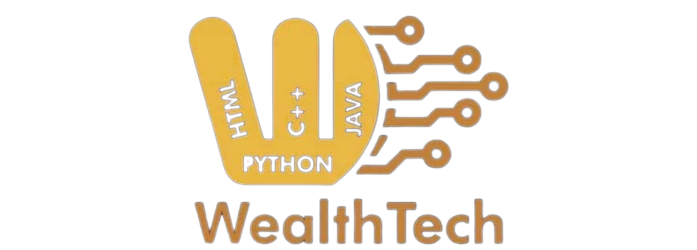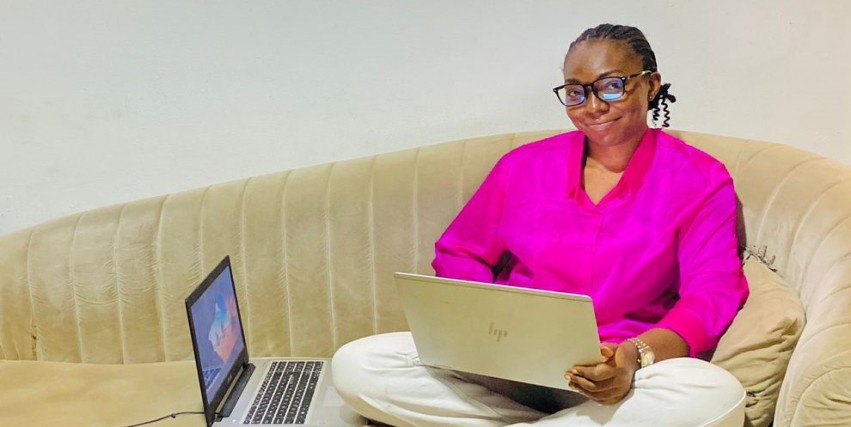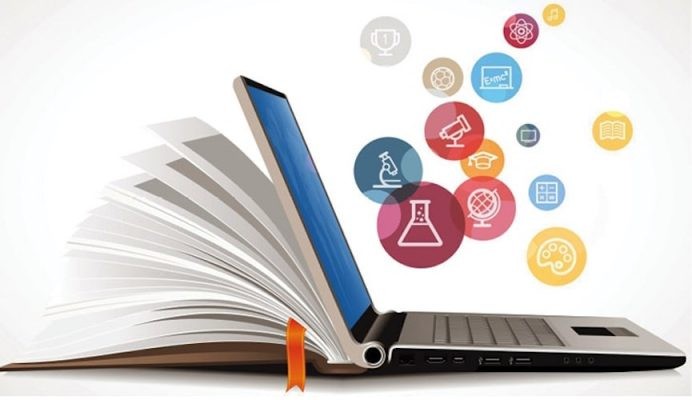Breaking Boundaries The Role of Creativity in Educational Success
Education has traditionally been seen as a structured system with set boundaries, focusing on standardized assessments and traditional academic achievements.
However, in today's rapidly evolving world, there is a growing acknowledgment of the crucial role creativity plays in educational success.
This article explores the significance of breaking traditional boundaries and embracing creativity as a catalyst for fostering a well-rounded and successful educational experience.
Creativity is often perceived as a natural talent, but it is also a skill that can be nurtured and developed through education.
Unlike rote memorization, creative thinking involves problem-solving, innovation, and the ability to approach challenges from different perspectives.
Integrating creativity into the educational process helps students build essential skills that extend beyond the classroom and into their future careers.
One of the key benefits of incorporating creativity in education is its ability to foster critical thinking.
When students are encouraged to think creatively, they learn to question assumptions, analyze information from various angles, and develop a deeper understanding of complex concepts.
This approach not only enhances academic performance but also equips students with the skills needed to navigate the complexities of the real world.
The world is constantly changing, driven by technological advancements and evolving societal needs.
In this dynamic environment, fostering innovation becomes essential. Creativity in education encourages students to think outside the box, pushing the boundaries of conventional knowledge and inspiring innovative solutions to contemporary challenges.
By nurturing a culture of innovation, educational institutions contribute to shaping future leaders and problem solvers.
Creativity is not limited to artistic expression; it also encompasses emotional intelligence.
When students engage in creative activities, they develop a better understanding of their emotions and those of others.
This emotional intelligence is crucial for effective communication, collaboration, and leadership – skills that are increasingly valued in both academic and professional settings.
The traditional education system has long relied on standardized testing as a measure of academic success.
However, these assessments often fail to capture the full spectrum of a student's abilities.
By embracing creativity in education, we can move beyond the limitations of standardized testing and recognize diverse forms of intelligence and achievement.
This shift allows for a more inclusive and holistic approach to evaluating educational success.
Despite the evident benefits of integrating creativity into education, challenges exist, including resistance to change and resource constraints.
Overcoming these challenges requires a commitment from educators, policymakers, and parents to prioritize creativity in the curriculum.
Providing adequate resources, training educators in creative teaching methods, and fostering a supportive environment for experimentation are crucial steps toward breaking the boundaries of traditional education.
In a world that demands adaptability, problem-solving skills, and innovation, the role of creativity in educational success cannot be overstated.
Breaking traditional boundaries and embracing creativity as a fundamental aspect of education not only prepares students for the challenges of the future but also contributes to the development of well-rounded individuals who can positively impact society.
As we navigate the evolving landscape of education, fostering creativity must become a cornerstone of our commitment to empowering the next generation.








